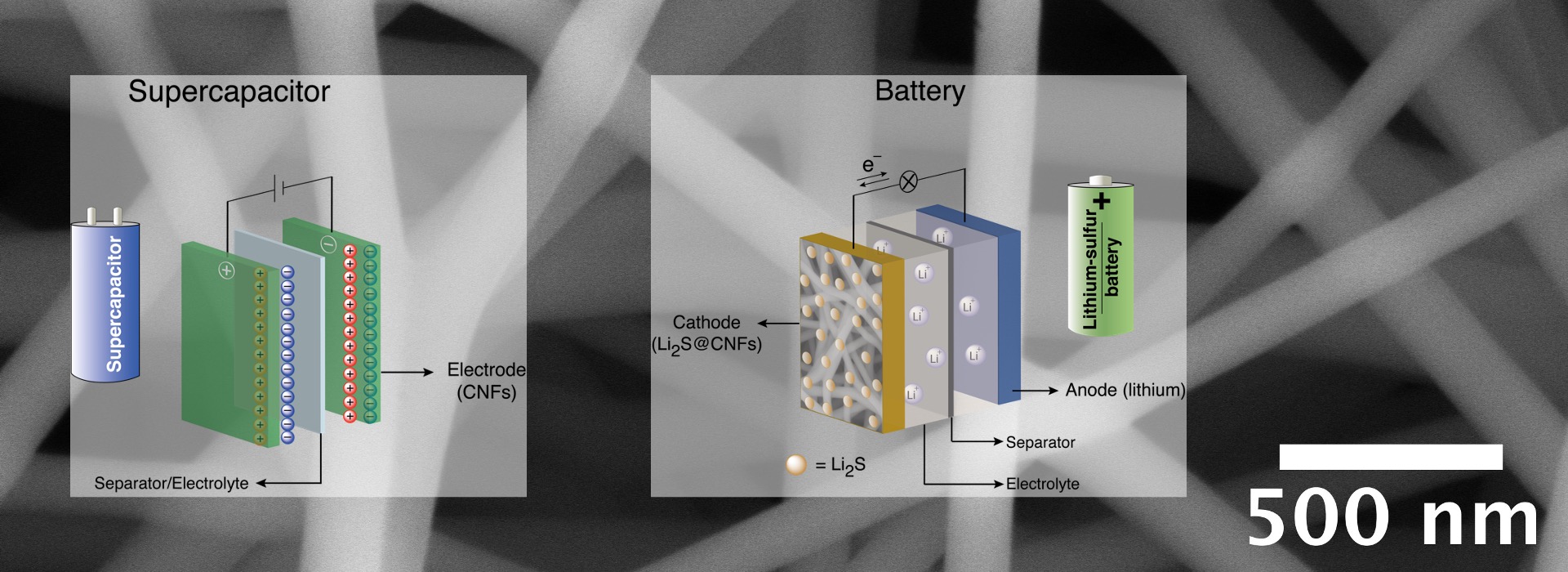
Polymere und Carbonmaterialien
(Working Group Dr. Andreas Wego)
The working group Polymers and Carbon Materials deals with developments in which carbon materials can or must be used and the polymers from which they are made. The most common polymer from which carbon materials and fibers are made is polyacrylonitrile (PAN). Other polymers from which carbon materials can be made are cellulose, pitch, or polyethylene (PE). All the polymers used have both advantages and disadvantages when converted into carbon materials. On a large scale, PAN has so far established itself as the raw material for the production of carbon materials. Pitch and cellulose have only been used as raw material sources in niche applications.
PAN is polymerized from acrylonitrile (ACN), usually in combination with other co-monomers such as methyl acrylate (MA) or vinyl acetate (VA) and/or monomers are used to improve the dyeability of PAN (here: used for clothing or outdoor materials). The use of co-monomers significantly improves the spinnability and thus the productivity of spinning systems, but at the expense of the strength of the resulting PAN fibers.
The PAN polymers commonly used in industry cannot be spun by a melt spinning process because the decomposition temperature of PAN is below the melting temperature. Accordingly, PAN must be spun from solvent, either in a wet spinning process, dry spinning process or also by electrospinning.
Once PAN has been converted into a fiber form or even nanofiber fleece by the spinning process, these fibers or fleeces are converted into carbon materials by thermal processes under air and then nitrogen. These materials can be used in hydrogen fuel cells, lithium ion accumulators, or electrical capacitors.
Head of Working Group
Dr. Andreas Wego
Tel.: +49-2151-843-2017
Mail: wego@dtnw.de
